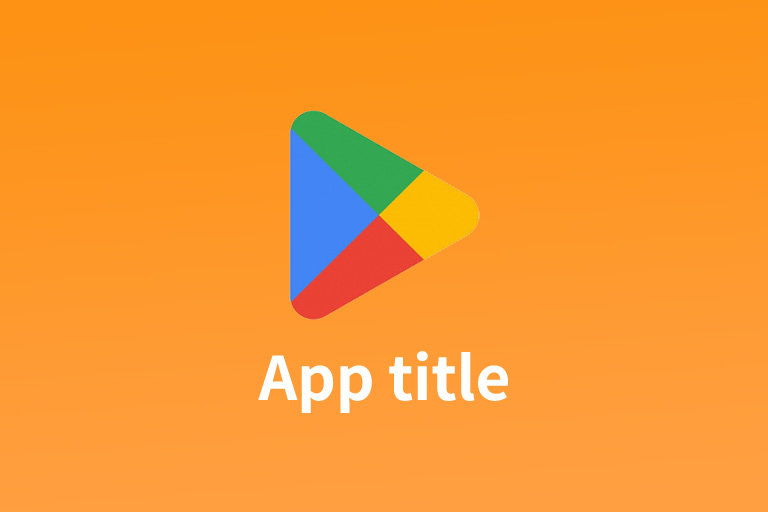An app's name is its first handshake with potential users; it's what piques interest, conveys purpose, and begins the journey of user engagement. In the Google Play Store, a well-crafted app name is not just a label—it's a strategic component of App Store Optimization (ASO) that can make or break an app's success.
This article will guide you through the meticulous process of creating an app name that resonates with both users and search algorithms.
Check what are the trending apps using our Trending Apps feature.
This article will guide you through the meticulous process of creating an app name that resonates with both users and search algorithms.
The Importance of App Names in ASO
The app name sets the stage for your app's discoverability in the Google Play Store. It is a direct contributor to ASO, influencing how your app is indexed and how it ranks in search results like Top Charts. A compelling app name can lead to higher visibility, more organic downloads, and ultimately, a stronger presence in the app marketplace.Research: The Foundation of a Great App Name
The journey to an effective app name begins with thorough research. Start by identifying the most relevant and valuable keywords within your market niche. These can be gleaned from user reviews, competitor analysis, and performance marketing data using ASO tools like FoxData's App Marketing Analytics. Analyze the app titles, descriptions, and visual assets of successful competitors to understand the factors driving their organic downloads.For a more systematic approach to market research, consider the following:
- Brainstorming: Reflect on your app's unique features, consult with team members, and review your website content for inspiration.
- Competitor Analysis: Study your competitors' keywords and metadata to gauge the market landscape.
- App Store Autosuggest: Use the autosuggest feature in Google Play to uncover long-tail keyword variations.
- Keyword Research Tools: Leverage platforms like FoxData's Keyword Research tool for comprehensive keyword insights.
- User Reviews: Examine reviews of similar apps to identify the language and keywords used by your target audience.
Testing: Refining Your App Name
With a list of potential names and keywords, the next step is testing. Although direct A/B testing of app titles in the Google Play Store isn't possible, there are workarounds:- Third-party A/B Testing: Use tools like Storemaven to experiment with different titles.
- Localized Testing: Test title variations in secondary markets with similar audience profiles, then extrapolate the results to your primary market. Check how other apps are doing globally using Global Market Research tool.
- Ad Campaigns: Run ads with alternative titles to your current app name and monitor the performance.
Implementation: Bringing Your App Name to Life
Armed with research and testing insights, it's time to implement your chosen app name. Use the Google Play Console to update your store listing, keeping in mind the 30-character limit. Record the date of the update to track subsequent changes in app rankings and performance.Results Analysis: Measuring the Impact
After updating your app name, give the Google Play algorithm time to re-index your app. Monitor keyword rankings, store listing visitors, and new installs over at least a two-week period. Utilize the Conversion rate analysis and installs per keyword report in the Google Play Console to measure the effectiveness of your new keywords.Improvement: An Ongoing Process
Finding the perfect app name is often a process of iteration. As market trends shift and user preferences evolve, so too should your app name. Be prepared to update your title to capture new keywords and opportunities, especially if your app is tied to seasonal events or trending topics.Check what are the trending apps using our Trending Apps feature.







